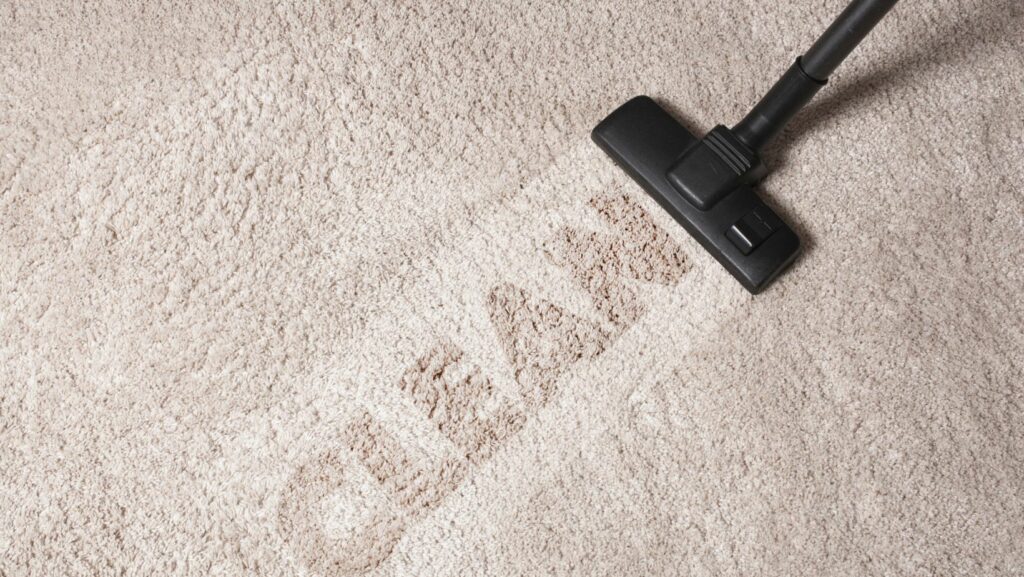Table of Contents
ToggleHow to Find a Vacuum Leak
Looking to troubleshoot a vacuum leak in your car or any other mechanical system? Well, you’ve come to the right place! In this step-by-step guide, I’ll walk you through the process of finding a vacuum leak and provide you with some handy tips along the way. So, let’s get started on this quest to locate and fix that elusive leak!
First things first, it’s essential to understand what a vacuum leak is and why it can cause issues. A vacuum leak occurs when there is an unintended gap or break in the vacuum system, which disrupts the balance of air and fuel mixture needed for proper engine performance. This can lead to various problems such as rough idling, decreased fuel efficiency, and even engine misfires.
Now that we know why it’s important to address a vacuum leak promptly let’s dive into the step-by-step process of finding one. From checking common problem areas like hoses and gaskets to using diagnostic tools like smoke machines or propane torches, I’ll cover all the techniques you can use to pinpoint that pesky leak.
So, whether you’re a seasoned DIY enthusiast or just starting out with car maintenance, this comprehensive guide will equip you with the knowledge and skills needed to confidently tackle any vacuum leaks that may arise. Let’s roll up our sleeves and get ready to solve this puzzle together!
Preparation for Finding a Vacuum Leak
When it comes to finding a vacuum leak in your vehicle, proper preparation is key. Taking the time to prepare beforehand can save you valuable time and effort in the long run. Here are some essential steps to follow before diving into the task of locating a vacuum leak:
- Gather the Necessary Tools: To effectively find a vacuum leak, you’ll need a few tools on hand. Make sure you have an automotive stethoscope or a length of rubber hose, soapy water solution in a spray bottle, and a can of carburetor cleaner. These tools will help you identify potential leaks with accuracy.
- Find the Vacuum Diagram: Consult your vehicle’s owner manual or search online for the vacuum diagram specific to your make and model. This diagram will serve as your guide during the inspection process, helping you locate critical components and understand how they connect.
- Inspect Hoses and Connections: Start by visually inspecting all vacuum hoses and connections under the hood. Look for any signs of wear, cracks, or loose fittings that could indicate potential leaks. Pay close attention to areas where hoses come into contact with sharp edges or hot surfaces.
- Check Intake Manifold Gasket: The intake manifold gasket is another common culprit for vacuum leaks. Inspect it carefully for any signs of damage or degradation, such as oil residue around the gasket area.
- Listen for Unusual Sounds: With your stethoscope or length of rubber hose, listen for hissing sounds near hoses, connectors, or other components while the engine is running. These noises often indicate leaking air that needs further investigation.
- Perform Soapy Water Test: Mix up a soapy water solution in a spray bottle and generously apply it to suspected areas where leaks may be present – this includes hoses, connections, intake manifold gasket, and even around throttle body or carburetor. If you see bubbles forming, it’s a clear sign of a vacuum leak.
- Utilize Carburetor Cleaner: Use carburetor cleaner sparingly to spray around suspected areas while the engine is idling. A sudden change in RPM indicates that the cleaner is being drawn into the intake system through a vacuum leak.
By following these preparation steps, you’ll be well-equipped and ready to tackle the task of finding a vacuum leak in your vehicle. Remember to approach each step carefully and methodically, taking your time to ensure accurate detection.


